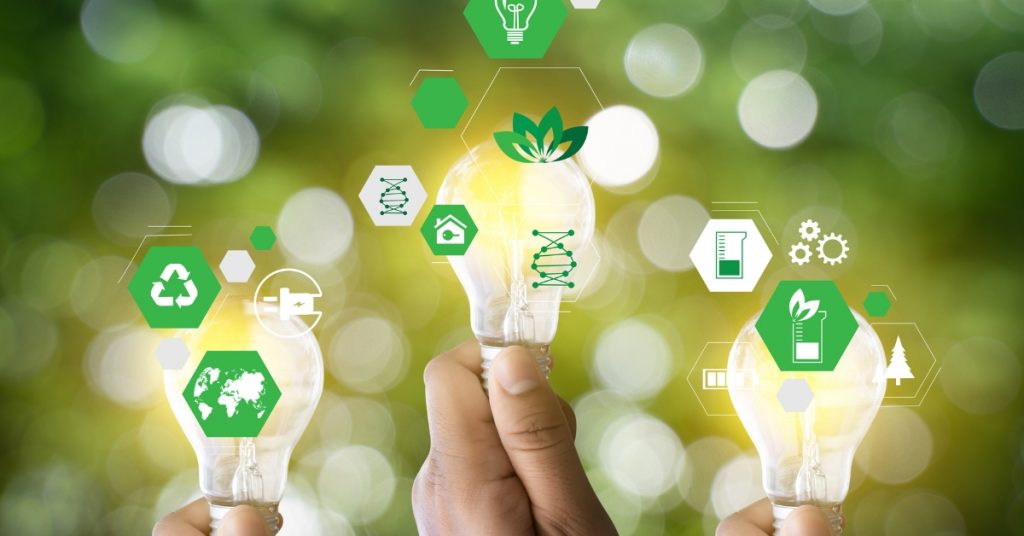As the global population continues to rise and urbanization accelerates, the pressure on existing waste management systems has reached a critical point. Landfills are filling up, environmental pollution is increasing, and the urgency to find sustainable alternatives has never been more apparent. One promising solution gaining momentum worldwide is energy waste. This innovative approach offers not only a way to manage waste efficiently but also an opportunity to generate renewable energy, contributing to a cleaner and greener future.
Understanding Waste to Energy
Waste to energy is a process that involves converting non-recyclable waste materials into usable forms of energy, such as electricity, heat, or fuel. Rather than allowing waste to decompose in landfills and release harmful greenhouse gases, waste to energy technology harnesses the potential of this discarded material to power homes, industries, and cities.
At the heart of this solution is a range of advanced technologies that can process various types of waste, including municipal solid waste, industrial waste, agricultural residue, and even hazardous materials. These technologies not only reduce the volume of waste but also contribute to energy generation, making the process both environmentally and economically beneficial.
Types of Waste-to-Energy Technology
There are several methods used in waste-to-energy systems, each suited for different kinds of waste and energy requirements. The most commonly employed technologies include:
- Incineration: This involves the combustion of organic waste materials at high temperatures. The heat generated is used to produce steam, which can then drive turbines to generate electricity. Modern incinerators are equipped with advanced emission control systems to minimize air pollution.
- Gasification and Pyrolysis: These are thermal processes that decompose organic waste in low-oxygen or oxygen-free environments. The result is a synthesis gas (syngas), which can be used to produce electricity or converted into liquid fuels and chemicals.
- Anaerobic Digestion: This biological process uses microorganisms to break down biodegradable waste in the absence of oxygen. The outcome is biogas, a renewable energy source, and digestate, which can be used as a fertilizer.
- Refuse-Derived Fuel (RDF): In this method, waste is processed and converted into solid fuel for industrial applications, such as cement kilns or power plants.
Environmental and Economic Benefits
The adoption of waste-to-energy technology offers a multitude of advantages:
- Reduced Landfill Dependence: Diverting waste from landfills minimizes land usage, reduces soil and groundwater contamination, and decreases methane emissions, a potent greenhouse gas.
- Energy Recovery: Non-recyclable waste becomes a valuable resource, contributing to the energy mix and reducing dependency on fossil fuels.
- Lower Carbon Footprint: By replacing traditional waste disposal and fossil energy generation methods, waste-to-energy solutions significantly reduce carbon emissions.
- Job Creation and Economic Growth: The development, operation, and maintenance of waste-to-energy facilities generate employment and stimulate local economies.
- Circular Economy Enablement: Waste to energy complements recycling and other waste minimization efforts, closing the loop in material use and promoting sustainable practices.
Role of Ion Exchange in Scaling Waste-to-Energy Solutions
At Ion Exchange, they provide innovative, tailored solutions for treating both solid and liquid waste, using advanced technologies such as biogas, compressed biogas (CBG), pyrolysis, and torrefaction. Their customized waste management systems are designed to meet your specific input materials and requirements, ensuring efficient and sustainable operations. By partnering with us, you can transform waste into valuable resources with the help of cutting-edge technology and personalized service. Our offerings include:
Conclusion
The global shift towards renewable energy and sustainable waste management is no longer a choice but a necessity. Waste-to-energy offers a pragmatic, scalable, and environmentally sound solution to two of the most pressing issues of our time — waste disposal and energy demand.
As technology evolves, so too will the efficiency and accessibility of these systems. By embracing waste to energy technology, nations can take significant strides in achieving their climate goals, improving public health, and building resilient, self-sustaining communities.


